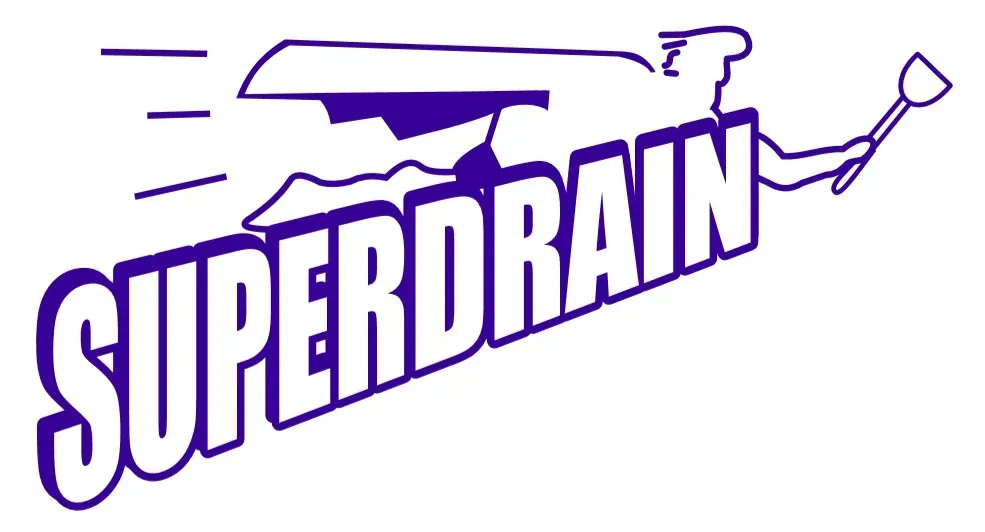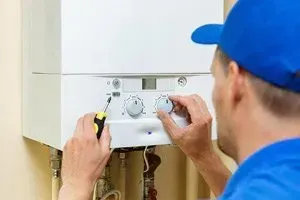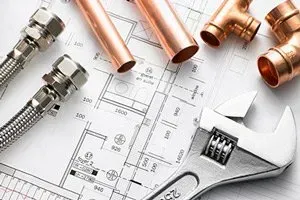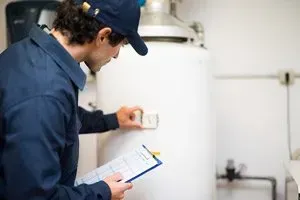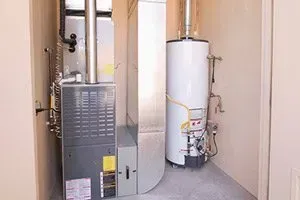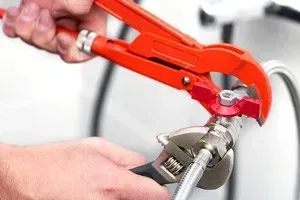Address Clogs the Smart Way by Getting to the Root of the Issue
ADDRESS CLOGS THE SMART WAY BY GETTING TO THE ROOT OF THE ISSUE
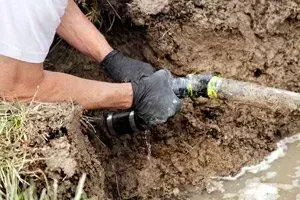
When a drain clogs or slows down, you probably plunge it a little or use some drain cleaner to free the blockage. While these measures provide a short-term solution, you might find that the blockage reappears before long. This is because, when clogs reoccur, there is often a bigger underlying issue at fault.
A smarter way to fight clogs and blockages is to identify this root cause and address it. Not only will this clear your immediate clogs, but it will also prevent future ones. Here are four of the most common underlying causes of clogs and how to address them.
1. THERE ARE TREE ROOTS IN YOUR SEWER LINE
Some tree roots may grow into the sewage line and contribute to blockages. Your drains and toilets may back up when toilet paper or other debris gets caught on the roots. Then, when the paper dissipates, the drains run freely again for a while. Until you remove the tree roots, however, you'll keep on dealing with blockage after blockage.
To assess whether tree roots are to blame for your recurring clogs, your sewer company can send a camera down into your sewer lines. If roots are detected, professionals can use herbicides or a blade auger to remove the roots. In very serious cases, you may need to replace the sewer line.
2. YOUR HOME HAS A POORLY DESIGNED SEWER LINE
If a previous homeowner did some DIY work or hired a less-scrupulous contractor to modify the sewer system, there's a chance that the poor design of your sewage system is leading to your frequent backups.
The sewer vents may not be properly placed to allow air to escape from the system, or pipes that are too narrow may have been used in a certain area. Narrow pipes are more prone to blockages with heavy toilet paper use.
A qualified sewer company can come inspect your sewer system and tell you whether a poor design is to blame for your issues. They may need to relocate a vent or replace a pipe or two in order to keep things flowing freely.
3. YOU HAVE BAD FLUSHING HABITS
The problem may not be with your sewer lines themselves, but rather with the way you use them. If you're flushing anything other than urine, solid human waste and toilet paper, this could be causing clog after clog.
Wet wipes and feminine hygiene products take a very long time to break down, so if they get caught on some grime lining your pipes or on tree roots that have grown into a pipe, you can expect a slow drain.
Flushing things you shouldn't flush can even cause slow sink and shower drains. Your sink, shower and toilet drainpipes all feed into increasingly larger pipes, and a clog in one of these branch lines could slow down a sink or shower drain even if the clogging material came from the toilet.
Luckily, this is an easy problem to correct - just stop flushing anything other than human waste and toilet paper.
4. YOU HAVE BAD GARBAGE DISPOSAL HABITS
Garbage disposals are not meant to be substitutes for garbage cans, and using your disposal like a trash can will probably lead to clogs. Some things that should never go down the garbage disposal, include:
- Grease
- Coffee grounds
- Dry pasta and rice
- Celery and other stringy vegetables
- Potato peels
Once again, these items may not just cause a clog in the sink you put them down. These items may make it into a larger, collective sewer line before causing a blockage that slows down another sink, shower drain or toilet. It all depends on the layout of your home's sewer lines.
If you are struggling with frequent clogs and slow drains, contact the experts at Superdrain. We'll help you identify and address the true, underlying cause of your clogs so you don't have to keep plunging and relying on endless bottles of drain cleaner.
